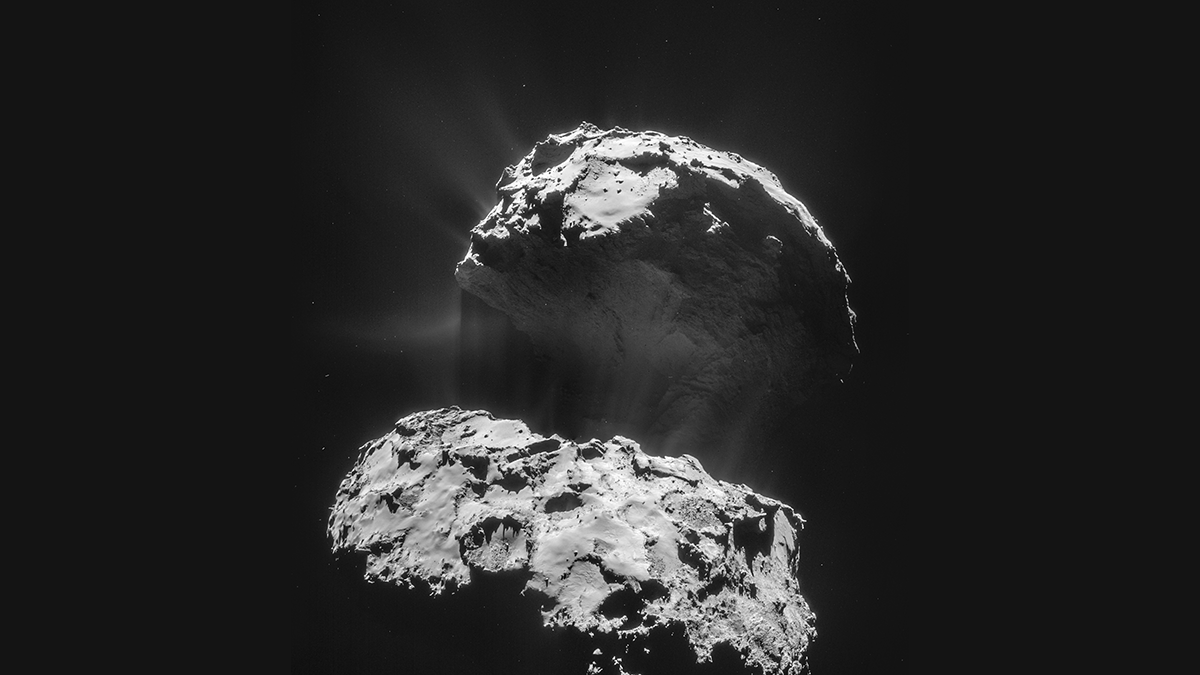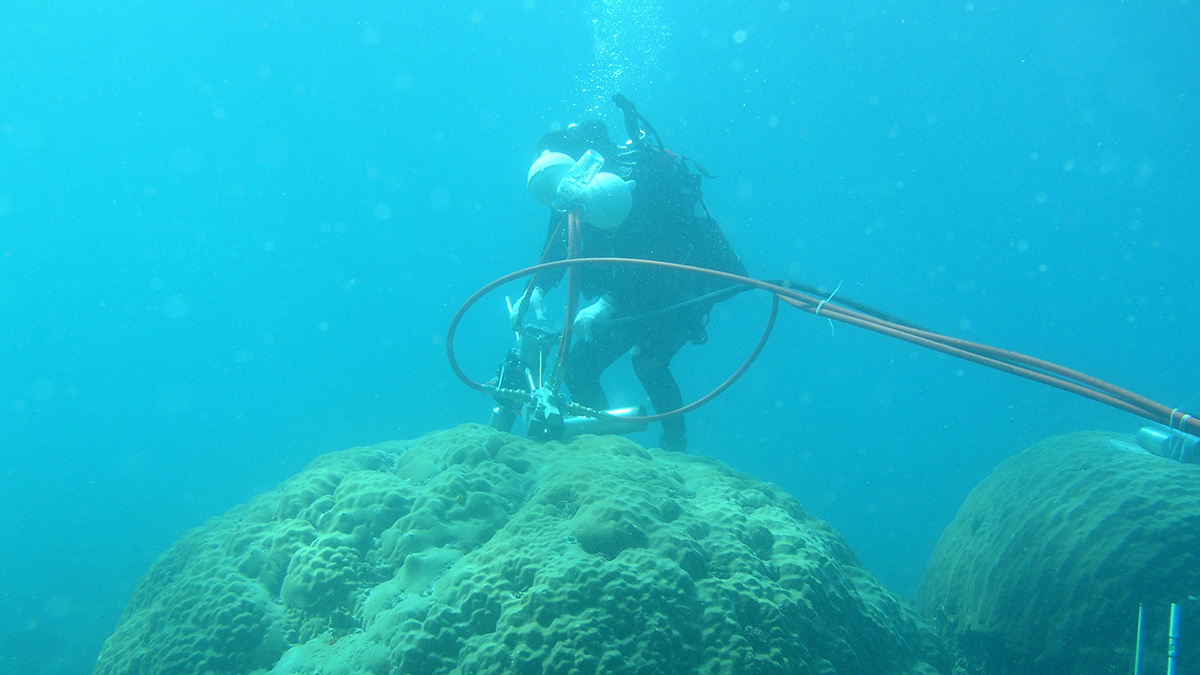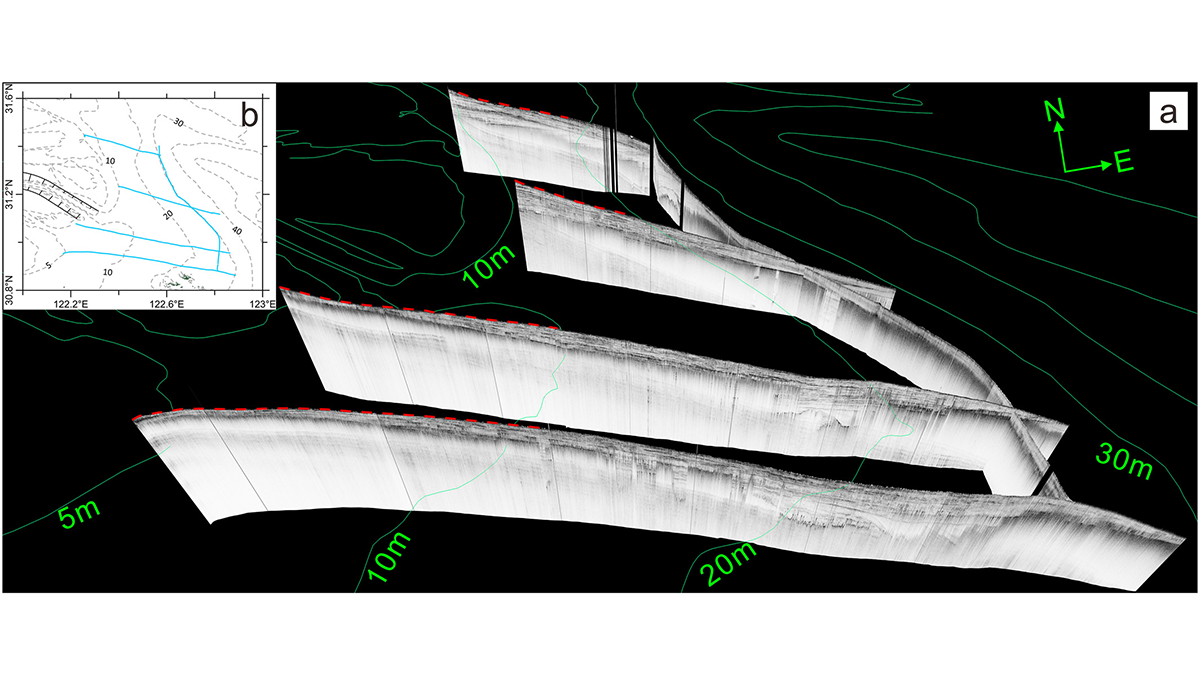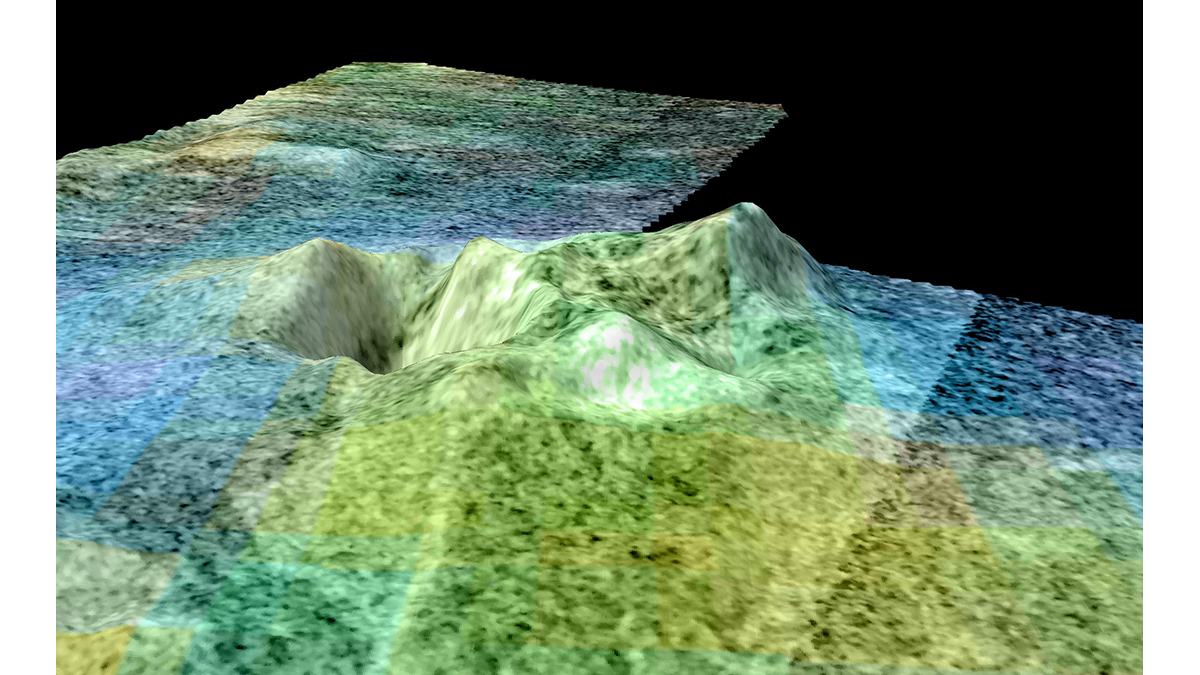When waves hit vegetated dunes, waterlogged areas form in front of plants, making for sand that’s easier to wash away. But you still need plants to form dunes in the first place.
erosion & weathering
Dancing Dust on Comet 67P/Churyumov-Gerasimenko
Cometary activity moves sediments over the surface of 67P/Churyumov-Gerasimenko, with long-term sinks near the poles of the comet.
Using Bayesian Inference to Improve Sediment-Transport Models
A new Bayesian approach is used for the estimation and uncertainty quantification of unobservable parameters required to model tracer evolution in ocean sediment transport and tracer concentrations.
La química de los corales refleja la expansión económica del sudeste asiático
La erosión del suelo derivada del desarrollo económico mueve sedimentos hacia el mar del sur de China y también hacia los esqueletos de los corales.
Supersized Potholes Discovered off South African Coast
Curious circular pits off South Africa’s Eastern Cape coast are larger than any similar feature previously recorded. Their origin remains a morphological mystery.
Coral Chemistry Reflects Southeast Asia’s Economic Expansion
Soil erosion from economic development sent sediments into the South China Sea—and into coral skeletons.
Delta Degradation Leads to Exacerbated Greenhouse Gas Emissions
Seismic ship surveys and seabed elevation maps of the Yangtze subaqueous delta reveal how the reduction of sediment supply to the coastal ocean can trigger increased greenhouse gas emissions.
Silicate Weathering Throttles the Global Thermostat
The natural breakdown of some rocks sucks carbon dioxide out of the atmosphere. Knowing how quickly it happens could help scientists engineer solutions to the climate crisis.
Titanic Caves and Where to Find Them
More than 21,000 pits, depressions, and closed valleys on Titan may provide access to underground voids or caves.










